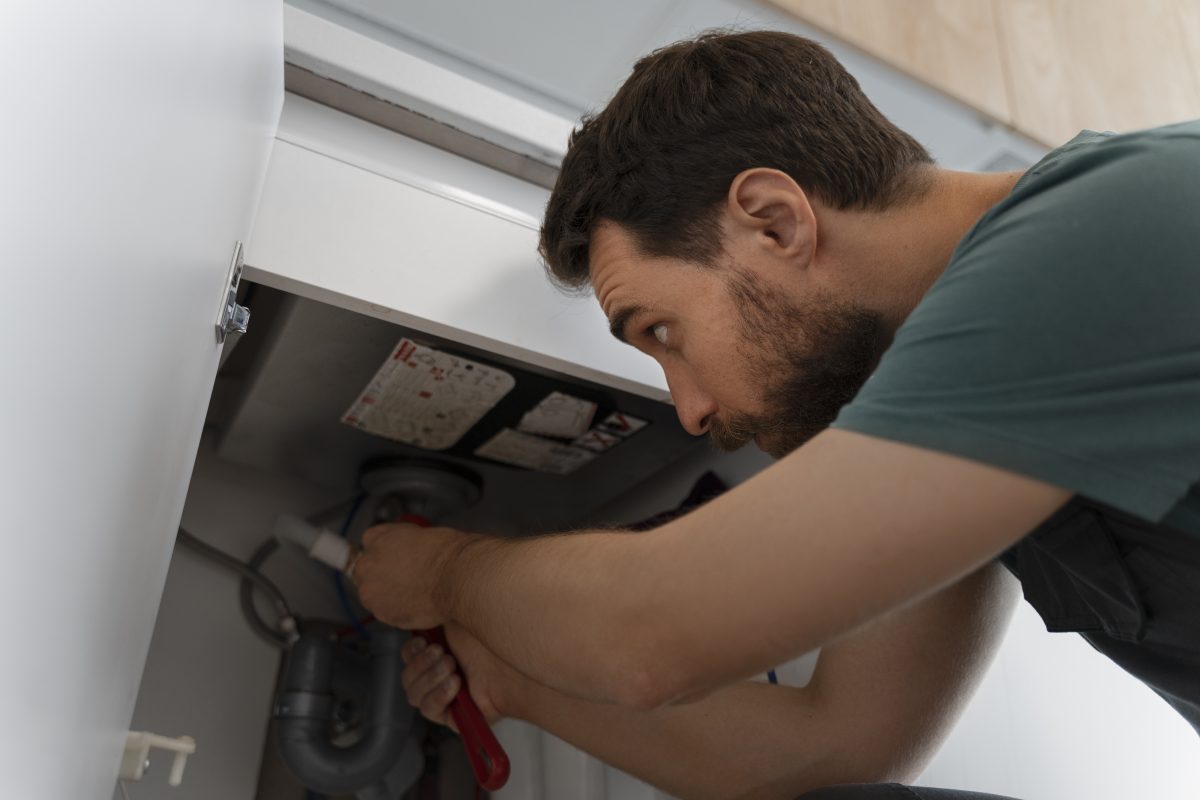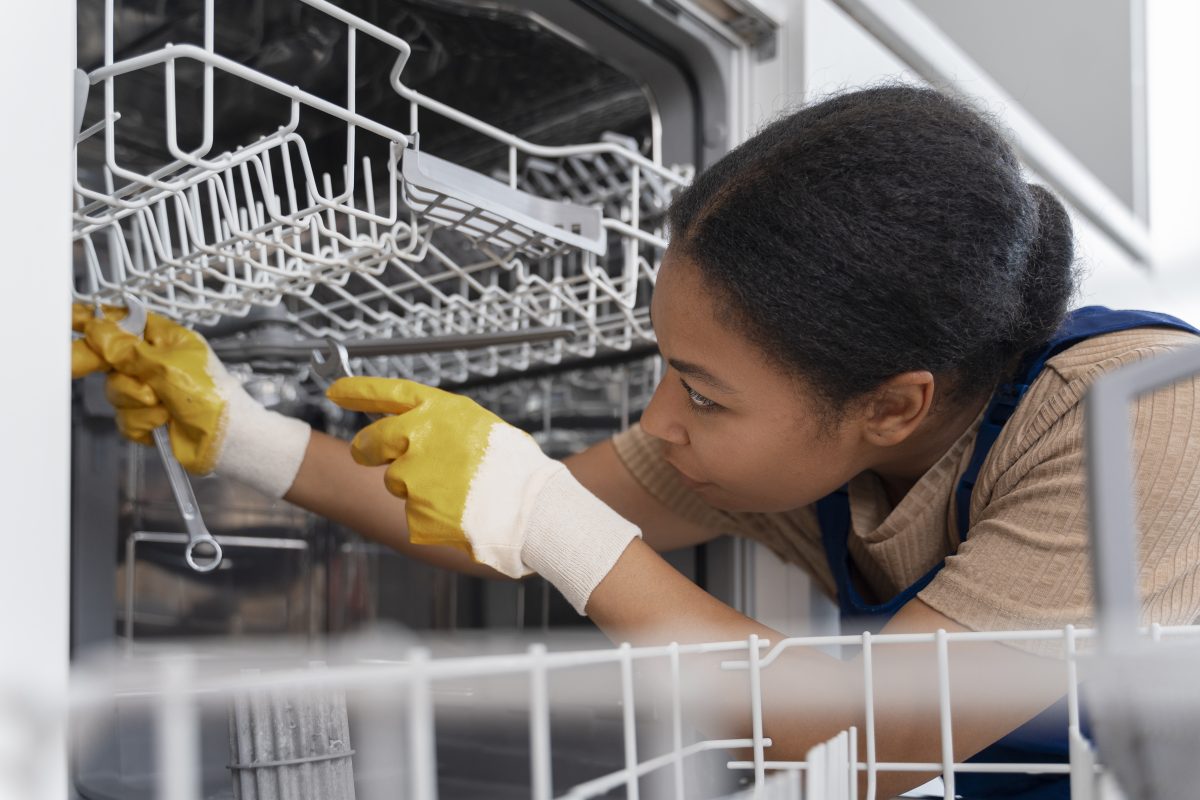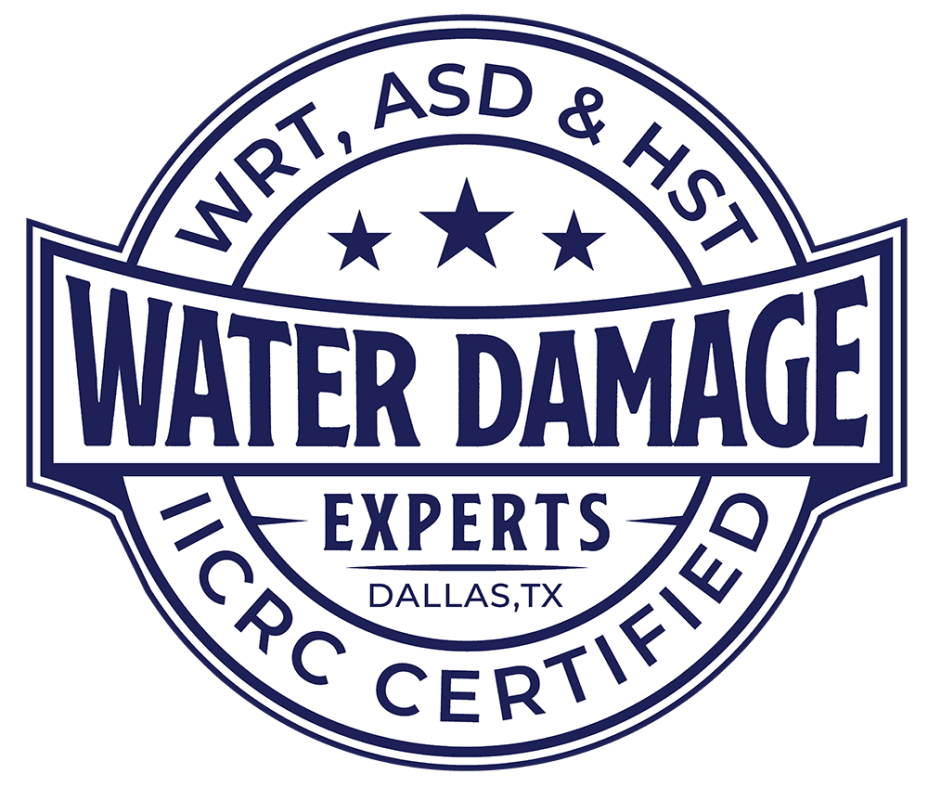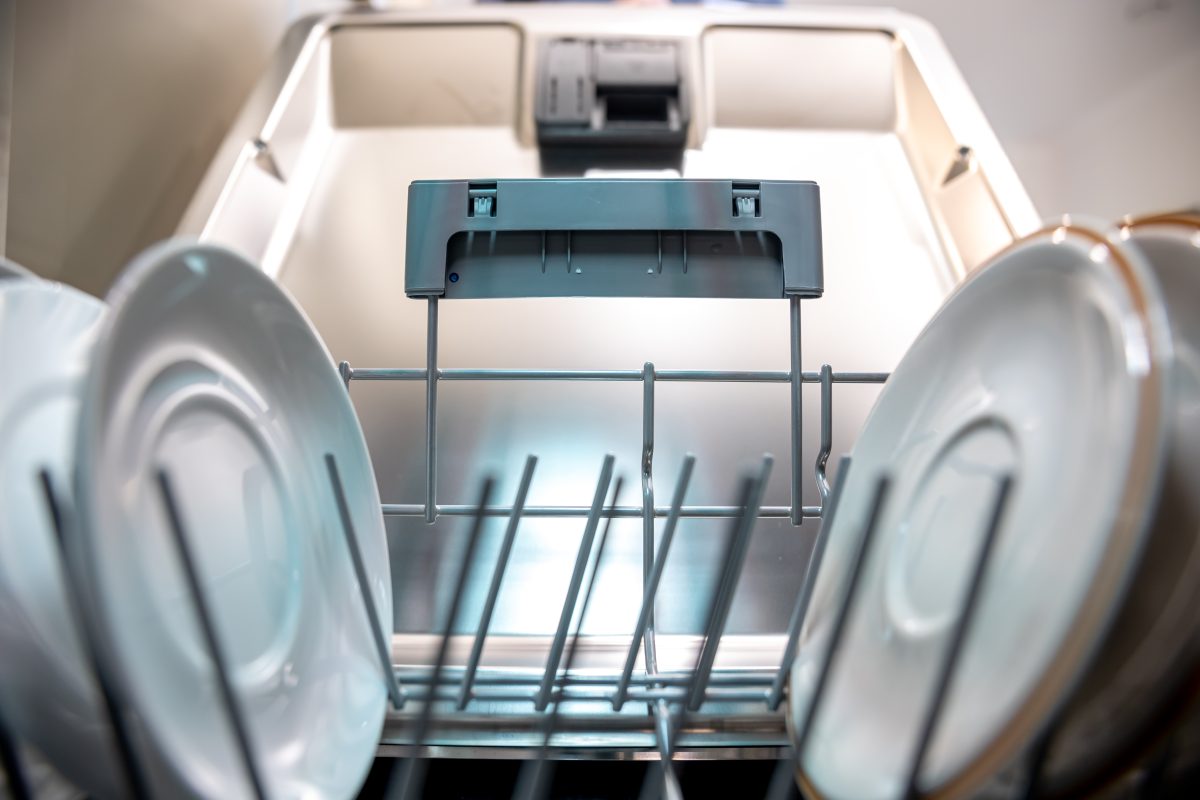When life gives you a leaky dishwasher, don’t let it dampen your spirits! Dealing with ankle-deep water in your kitchen can be overwhelming, but fear not. In this step-by-step guide, we’ll show you how to tackle this frustrating situation and get your dishwasher back to its pristine condition.
We understand the frustration that comes with household mishaps, and that’s why we’re here to help. With our expert tips and easy-to-follow instructions, you’ll be able to handle this challenge like a pro.
From locating the source of the leak to repairing or replacing the faulty parts, we’ve got you covered. We’ll guide you through the entire process and ensure you have all the information and tools you need to successfully resolve your ankle-deep water woes.
Don’t let a leaky dishwasher ruin your day. Follow our step-by-step guide and regain control of your kitchen. Let’s dive in and say goodbye to ankle-deep water for good!
Understanding the causes of a leaky dishwasher
Various factors can cause a leaky dishwasher, and understanding these causes is the first step towards resolving the issue. One common cause is a faulty door seal. Over time, the seal can wear out or become damaged, leading to water leakage.
Another possible cause is a clogged drain hose or a blocked air gap. These components are responsible for draining the water from the dishwasher, and any obstructions can result in water backing up and causing leaks.
Additionally, a malfunctioning water inlet valve can also lead to a leaky dishwasher. This valve controls the flow of water into the dishwasher, and if it becomes stuck or damaged, water can leak out.
Assessing the severity of the problem
Before diving into the repair process, it’s important to assess the severity of the leak. Is the water ankle-deep or just a small puddle? Determining the extent of the problem will help you decide whether you can tackle it yourself or if it requires professional assistance.
If the leak is minor and the water level is manageable, you can proceed with the DIY solutions outlined in the following steps. However, if the leak is substantial and the water level is ankle-deep or higher, it’s best to call a professional plumber to avoid any further damage or safety risks.

Step 1: Safety precautions and turning off the power supply
Safety should always be a top priority when dealing with a leaky dishwasher. To ensure your well-being, start by turning off the power supply to the dishwasher. This will minimize the risk of electric shock while you work on resolving the issue.
Locate the circuit breaker or fuse box that controls the dishwasher’s power supply. Switch off the relevant breaker or remove the fuse to cut off the electricity. It’s crucial to double-check that the power is indeed off before proceeding.
Step 2: Identifying the source of the leak
A leaky dishwasher can have various causes, and it’s essential to identify the source of the leak before proceeding with any repairs. Here’s how you can do it:
1. Inspect the door gasket: The door gasket is the rubber seal that creates a watertight barrier when the dishwasher is closed. Over time, it can wear out or become misaligned, leading to leaks. Carefully examine the gasket for any visible signs of damage or misalignment.
2. Check the water supply line: The water supply line is responsible for delivering water to your dishwasher. Inspect it for any cracks, kinks, or loose connections. If you notice any issues, it’s essential to replace or repair the water supply line to prevent further leaks.
3. Examine the drain hose: The drain hose is responsible for removing water from the dishwasher. Make sure it is properly connected and free from any obstructions. Look for any signs of damage, such as cracks or leaks. If necessary, replace the drain hose to ensure proper drainage.
Remember, safety should always be your top priority. Before performing any inspections, make sure to turn off the power supply to the dishwasher and shut off the water valve.
Step 3: Common DIY solutions for minor leaks
If the leak is minor and you’ve identified the source, you can try some common DIY solutions to resolve the issue. For a faulty door seal, you can purchase a replacement seal from a hardware store or online retailer. Follow the manufacturer’s instructions to remove the old seal and install the new one.
In the case of a clogged drain hose or air gap, you can use a plumber’s snake or a wire coat hanger to remove any blockages. Carefully insert the snake or hanger into the hose or gap, gently pushing and pulling to dislodge any debris. Once clear, reconnect the hose and air gap, ensuring a tight fit.
If the water inlet valve is the culprit, it’s best to replace it with a new one. You can find compatible water inlet valves at appliance stores or online. Follow the manufacturer’s instructions to disconnect the old valve and install the new one, ensuring a secure connection.
Step 4: Calling a professional plumber for major leaks
For major leaks or if you’re unsure about the DIY solutions, it’s recommended to call a professional plumber. They have the expertise and tools necessary to handle complex dishwasher repairs and ensure a long-lasting solution.
When selecting a plumber, look for one with experience in dishwasher repairs and positive customer reviews. Ask for a quote before hiring them and inquire about any warranties they offer on their work. A professional plumber will be able to assess the severity of the leak, identify the root cause, and provide a reliable fix.
Step 5: Preventative measures to avoid future leaks
Once you’ve successfully resolved the leaky dishwasher issue, it’s important to prevent future occurrences. Regular maintenance is key to keeping your dishwasher in optimal condition and avoiding leaks.
Inspect the door seal regularly for signs of wear and tear, and replace it if necessary. Clean the drain hose and air gap periodically to remove any debris that may accumulate over time. Additionally, check the water inlet valve and supply hose for any leaks or damage, and address any issues promptly.
By incorporating these preventative measures into your routine, you’ll minimize the risk of future leaks and extend the lifespan of your dishwasher.

Troubleshooting tips for other dishwasher issues
While this guide focuses on resolving ankle-deep water woes, it’s worth mentioning some troubleshooting tips for other common dishwasher issues. If your dishwasher isn’t draining properly, check for clogs in the drain hose or air gap. Additionally, ensure that the dishwasher’s filter is clean and free from debris.
If your dishwasher is leaving dishes dirty or not cleaning them thoroughly, it may be due to a blocked spray arm or a malfunctioning detergent dispenser. Inspect the spray arm for blockages and clean it if necessary. For the detergent dispenser, ensure it’s functioning properly and that you’re using the correct type and amount of detergent.


